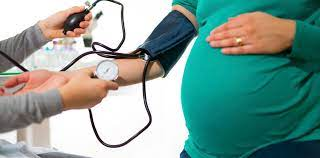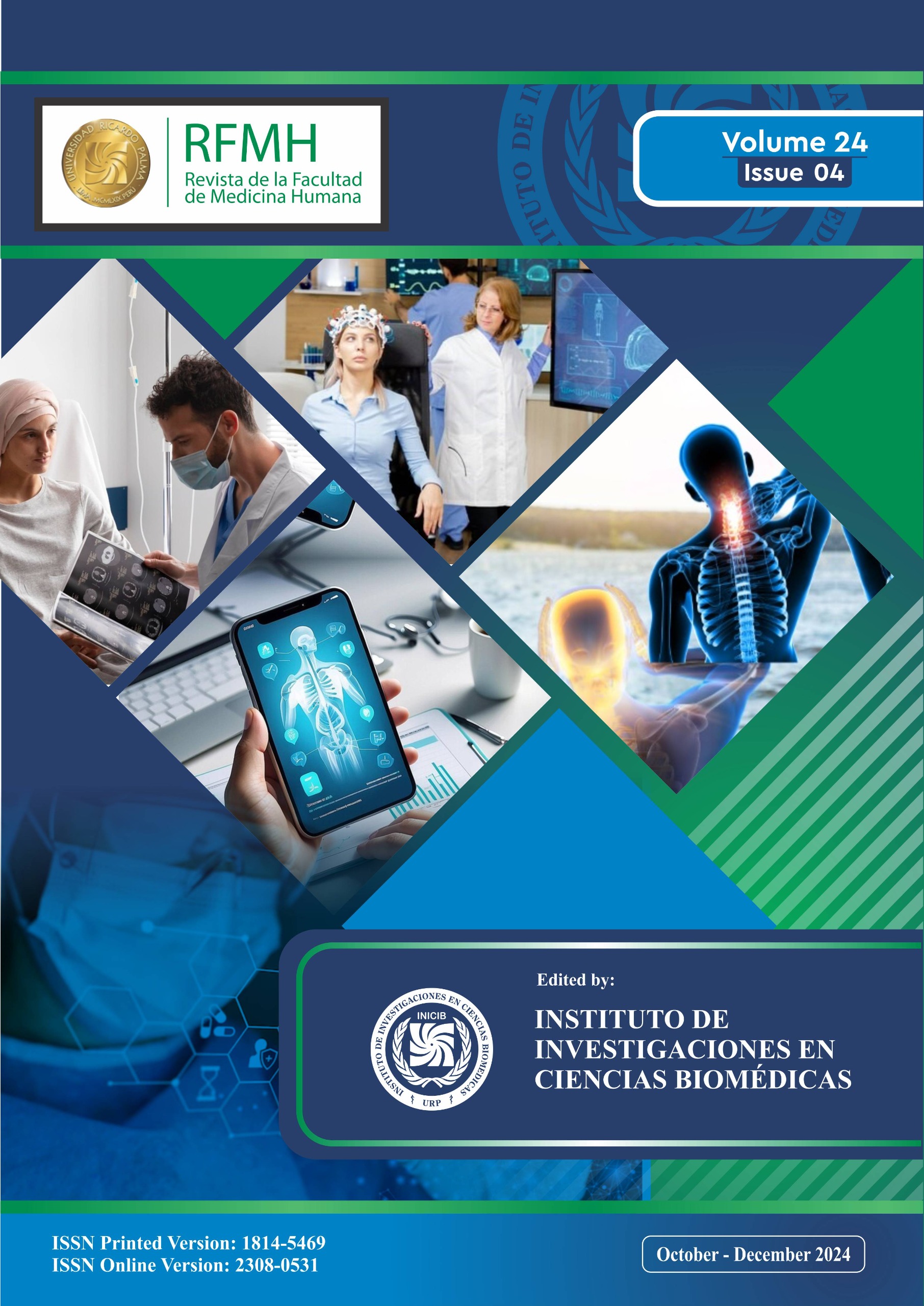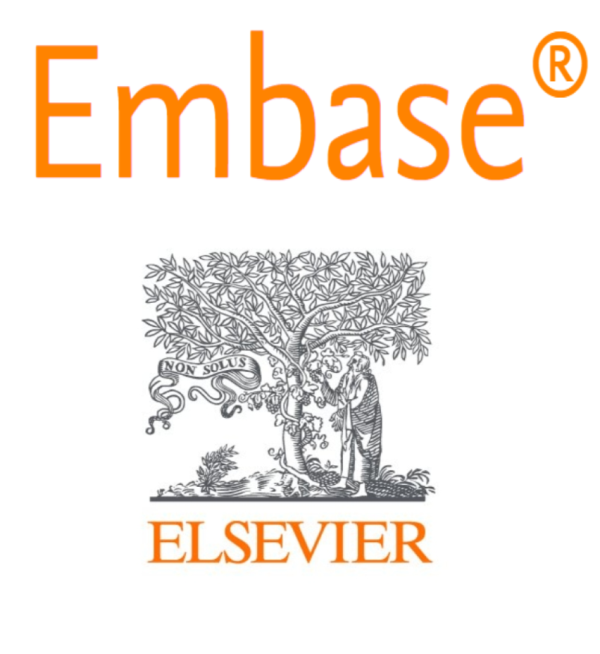Factors associated with pregnancy-induced hypertension in women living at high altitudes
Factores asociados a hipertensión arterial inducida por embarazo en personas que viven en altura
Keywords:
Hypertension, pre-eclampsia, pregnancy, risk factors, obesityAbstract
Objective: To determine the factors associated with pregnancy-induced arterial hypertension (HIE) in people living at high altitude. Methods: The research was observational, cross-sectional, analytical study of cases and controls. It was held at the El Carmen de Huancayo Regional Teaching Maternal and Child Hospital, Peru located at 3,259 m.a.s.l. The calculation of the sample was Epidat 3.0. 80% power level, with frequency of 27% for cases, 17% for controls, precision of 5% and odds ratio (OR) = 2. X2 squared, binomial and multivariate logistic regression were used for statistical analysis. Results: 960 (100%) pregnant women were included, with a mean age of 36,7 years ± 5.8 years (range: 15 to 44 years). The most frequent clinical manifestations of pregnant women with HIE were: edema (63.1%), headache (61.9%), epigastralgia (51.4%), ringing in the ears (41.9%), hyperreflexia (26.4, 2%), and scotomas (19.8%). The risk factors associated with a higher probability of HIE compared to normotensive pregnant women were: obesity (78,1% vs 39,2%); OR= 3,54; IC95: 2,31-5,42; p=0.000); scotomas (19.8% vs 4.4%; OR = 3.30; 95% CI: 1.85 - 5.91; p = 0.000), hyperreflexia (26.4% vs 2.9%; OR= 8.39; IC95%: 4.47 – 15.76; p=0.000) and extreme age (27.1% vs 17.3%; OR = 1.56; 95% CI: 1.05 - 2.319; p = 0.000). Conclusions: The most frequent symptoms in HIE are edema, headache and epigastric pain. The factors associated with a higher risk of HIE were obesity, scotomas, hyperreflexia and extreme age.
Downloads

Downloads
Published
How to Cite
Issue
Section
License
Copyright (c) 2021 Revista de la Facultad de Medicina Humana

This work is licensed under a Creative Commons Attribution 4.0 International License.





























